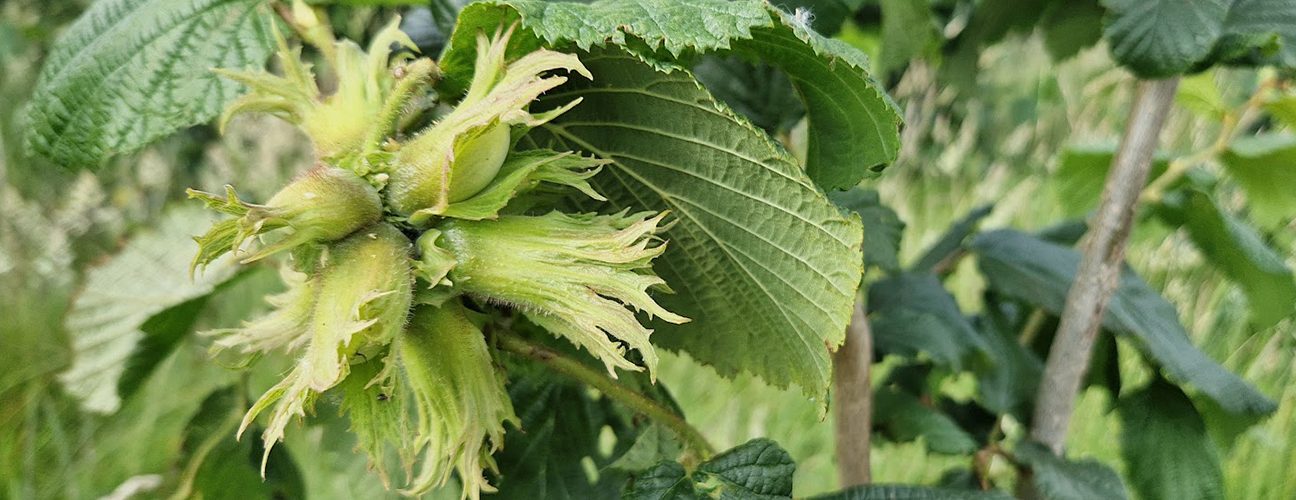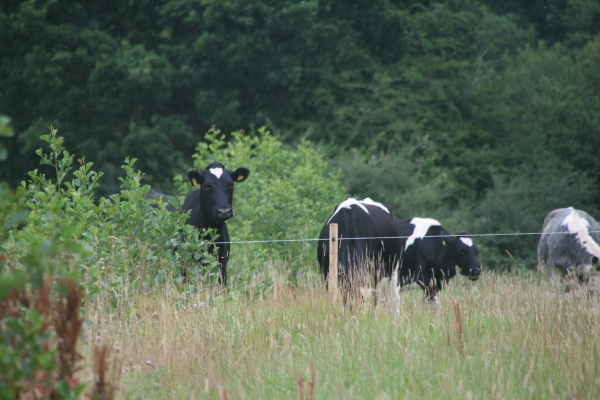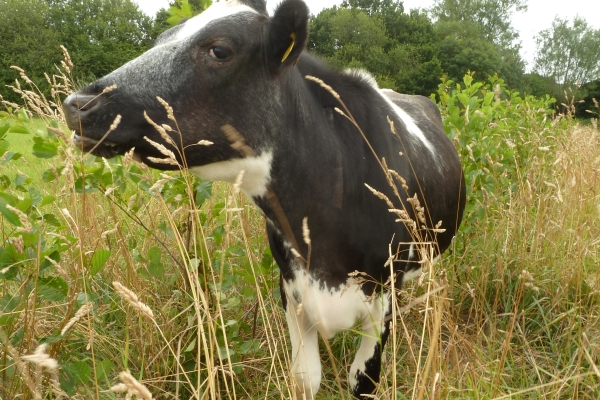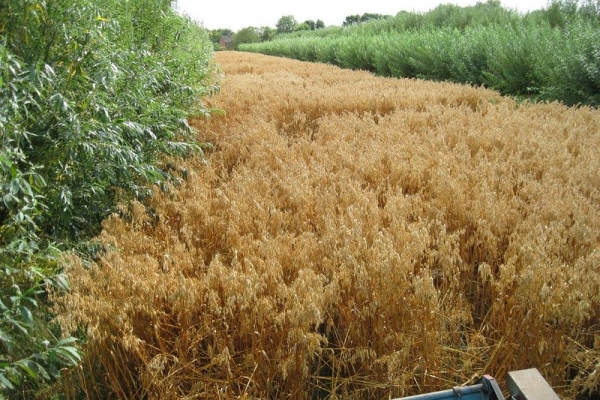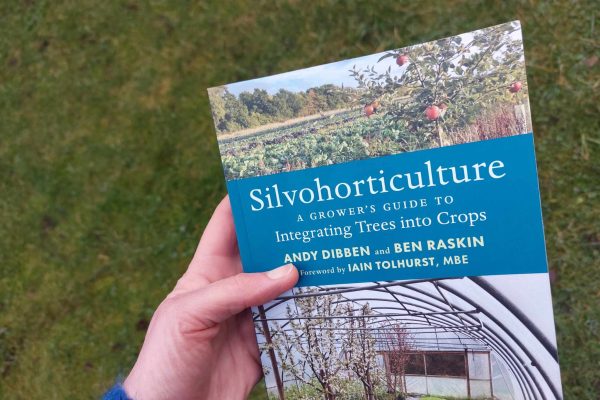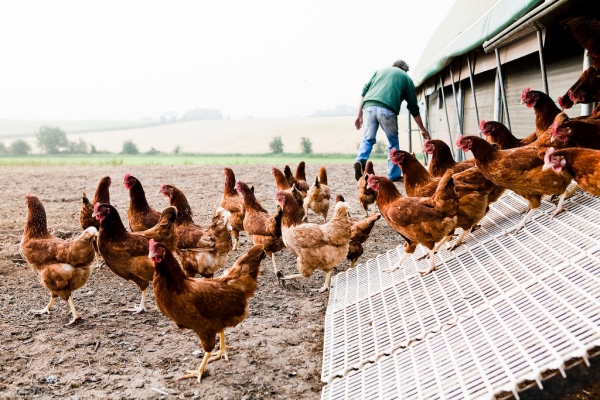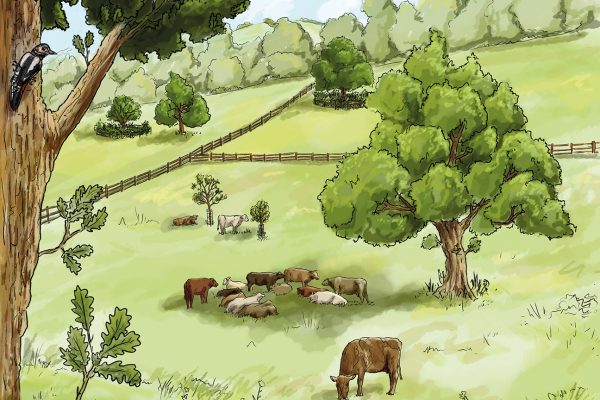A Tree Species Guide for Agroforestry in the UK
Resource explained
This useful guide was produced by Forest Research in in partnership with the University of Reading and developed through the Defra Nature for Climate Fund (NCF) England Tree Planting Programme (ETPP) Expanding Agroforestry project. It aims to provide an overview of the physical characteristics, environmental tolerances, silvicultural characteristics, and ecosystem services and disservices, for a selection of 33 species of trees and shrubs that could be planted in UK agroforestry systems. It is intended for use in the early stages of the agroforestry design process by farmers, farm advisers, foresters and policy makers. The guide is well designed and user-friendly, stating clearly the selection criteria and rationale behind the categories used in the guide. The guide comes with some important caveats, limitations and assumptions, which are discussed in the introduction. A confidence rating is provided on the state of evidence for species attributes. The writers envisage that the guide will mainly be used at an early stage in the design process i.e. to help draw up a short-list of tree species.
Findings & recommendations
- Species choice for agroforestry systems is complex and depends on your objectives. Each tree species can have a wide range of functions and benefits, from soil protection to diverse products such as timber, woodfuel, fruits and nuts.
- In many cases, agroforestry systems are designed to deliver multiple benefits simultaneously.
- This guide aims to inform decision-making as to tree species selection according to the identified needs in a local context.
- Of the tree species covered in this guide, no one species provides universal benefits of ecosystem services and resilience. There are clear trade-offs between the attributes of the different species.
- At the farm level, decisions need to be made as to which attributes to prioritise when selecting which species to plant.
- At a national level, including a diverse range of species to deliver multifunctional, resilient agroforestry systems is recommended.
- It may be advisable for those designing an agroforestry system to seek further specialist advice appropriate to the local context.
